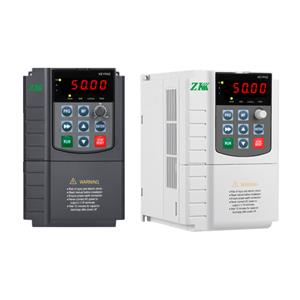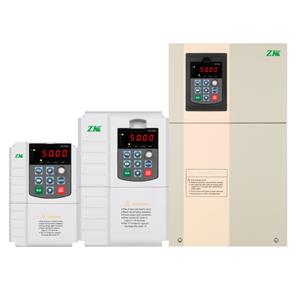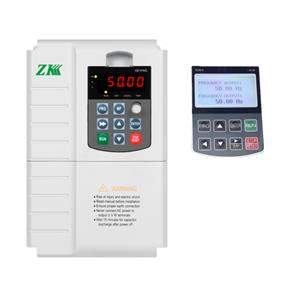Planning and design of the solar inverter supply system
The deployment of photovoltaic-powered water pump inverter systems represents an avant-garde resolution catering to the compounded issues of energy paucity and water accessibility in regions beyond the grid's reach, notably within developing nations. The strategic formulation and engineering prowess underlying photovoltaic-powered water pump inverter systems are imperative in actualizing their efficacy and enduring viability. This technical treatise examines the rigorous methodology requisite for the efficacious installment of photovoltaic-powered water pump inverter systems.
Commencing with an exhaustive site appraisal, this phase stands as the cornerstone of the planning procedure. Determinants such as solar insolation magnitudes, atmospheric conditions, hydric demands, groundwater layer depth, and proxemics to the aquatic source are imperative considerations. These elements dictate the requisite photovoltaic-powered water pump inverter system apparatus, as well as the photovoltaic array dimensions needed to yield adequate energy for the photovoltaic-powered water pump inverter system.
Solar insolation—an indicator of solar energy per unit area received—is of paramount importance as solar insolation directly affects the quantity of photovoltaic array components necessary. Proximity to the equatorial region typically begets heightened solar insolation, thereby reducing the number of photovoltaic array components compared to more polar latitudes. Solar radiation metrics can be procured from regional meteorological entities or global directories to prognosticate the anticipated energy harvest, thereby determining the viability of photovoltaic-powered water pump inverter systems in the locale of interest.
In tandem with environmental appraisals, an intricate understanding of the community's or agriculture project's hydric necessities is fundamental. This encompasses elucidating daily usage, periods of heightened demand, and the optimal volumetric flow rate. Incongruity between the photovoltaic-powered water pump inverter system's throughput and the populace's water requisites may lead to an installation that is either suboptimal or surpasses demand, precipitating either a dearth of resources or underutilization.
Subsequent to the preliminary survey, the engineering phase commences, delineating the configuration of integral photovoltaic-powered water pump inverter system components. A standard photovoltaic-powered water pump inverter system integrates photovoltaic array components, the hydraulic pump unit, a power conditioning apparatus, storage reservoirs, and occasionally energy storage battery banks. The power conditioning apparatus is critical, adapting direct current harnessed by the photovoltaic array components to alternating current, synchronizing with the majority of pump engines.
The photovoltaic array components' size is calibrated in accordance with the hydraulic pump unit's energy consumption and anticipated solar insolation, factoring in systemic losses. Storage tanks are proportioned to compensate for solar intermittency, thus guaranteeing a steady water reserve. Energy storage battery banks, while not compulsory, can be incorporated for surplus energy storage or nocturnal/overcast operations but do escalate systemic perplexity and fiscal inputs.
An essential aspect is the judicious selection of a suitable hydraulic pump unit. The palette ranges from subterranean pump units, apt for profound groundwater layers, to surface pump units, operational when the aqueduct is near the topsoil. The hydraulic pump unit type profoundly influences the overall photovoltaic-powered water pump inverter system blueprint, affecting requisite power generation and infrastructural intricacy.
Furthermore, the strategic outline must encompass maintenance provisions and the edification of locum technicians. Photovoltaic-powered water pump inverter systems that afford easy operability and upkeep, supported by accessible replacement parts and lucid maintenance protocols, will thrive in durability and dependability.
Lastly, the economic viability of the venture is a pivotal factor. The cost analysis should envelop initial capital outlay, along with prospective operational expenditures, subsidies, and financial conduits. Acquiring monetary backing via grants, microfinancing, or governmental support can significantly impact the realization of photovoltaic-powered water pump inverter systems.
In summation, the scrupulous strategic planning and precision engineering of photovoltaic-powered water pump inverter systems stand as the linchpin to their capacity in catering to the bespoke needs of a community or agronomic effort. Photovoltaic-powered water pump inverter systems demonstrating efficacy foreground the prospects for sustainable, regenerative energy stratagems to propel advancement and uplift the standard of living in locales unattended by conventional energy frameworks.




